HISTORY
The long evolution of high-speed rail has been marked by key milestones, measuring the day-to-day technical progress as well as breaking records. Though trains reached 200 km/h in 1903, it would take an additional 61 years before commercial trains began to circulate at this speed, and another 50 years before trains would operate at 350 km/h.
- 1830
- 1903
- 1927
- 1931
- 1933
- 1936
- 1938
- 1954
- 1955
- 1964
- 1965
- 1965
- 1967
- 1972
- 1974
- 1977
- 1981
- 1981
- 1988
- 1988
- 1989
- 1989
- 1990
- 1991
- 1992
- 1994
- 1997
- 2000
- 2001
- 2001
- 2002
- 2003
- 2003
- 2004
- 2004
- 2007
- 2007
- 2007
- 2008
- 2008
- 2009
- 2009
- 2009
- 2009
- 2009
- 2010
- 2011
- 2012
- 2012
- 2014
- 2014
- 2016
- 2016
- 2016
- 2016
- 2017
- 2017
- 2018
- 2018
- 2018
-

Great Britain
George Stephenson created The Rocket, a locomotive capable of travelling at 50 km/h between Liverpool and Manchester.
-

Germany
Record
On the military railway between Marienfelde and Zossen, south of Berlin, Siemens and AEG-built electric engines – operating on three-phase power supply – exceeded 200 km/h for the first time, reaching 203 and 210 km/h, respectively.
-

Italy
Birth of the Direttissima Rome – Naples. This cutting-edge new rail line was constructed using complex engineering structures, and without a single level crossing. Designed to operate at a minimum speed of 160 km/h, this line heralded the future of high-speed.
-

Germany
Record
On the line from Berlin to Hamburg, the propeller-driven “Rail Zeppelin” exceeded the speed of 230 km/h. Though the train established a new speed record, this type of propulsion held no part in the future of rail.
-

Belgium
The completion of the “express” straight segment between Brussels and Ghent, with neither junctions nor level crossings. A high-speed rail line before its time, though its baseline speed was limited to 140 km/h.
-

Germany
Record
The SVT 137 diesel railcar exceeded 200 km/h for the first time, reaching 205 km/h. From this point onward, all railway speed records would be electric traction.
-

Great Britain
Record
On the East Coast Main Line, a train pulled by the aerodynamic A4 Pacific Mallard recorded the speed of 202 km/h, the official world speed record for steam locomotives. In the same era, American steam locomotives reached non-certified speeds of 200 km/h.
-

France
Record
Between Dijon and Beaune, the CC 7121 electric locomotive established a new record for rail speed: 243 km/h.
-

France
Record
On the Landes rail line, the CC 7107 and BB 9004 locomotives recorded official speeds of 331 km/h. This record would remain unbroken until 1981!
-

Japan
In anticipation of the Olympic Games of Tokyo, the inauguration of the first high-speed rail line, Tokyo Osaka, with a maximum speed of 210 km/h. With the arrival of the Shinkansen, high-speed rail became a daily reality. Today, the distance between the two cities is travelled in 2 hrs 20 min.
-

Germany
During the IVA 65 international exhibition of world transport held in Munich, maximum speed for conventional trains between Munich and Augsburg was fixed at 200 km/h.
-

United States
The term “high speed” first appeared in the US in the High Speed Ground Transportation Act.
-

France
Capitole, the conventional train model (Paris - Toulouse), is authorised to run at a maximum speed of 200 km/h.
-

France
Record
A prototype of the gas turbine-electric locomotive TGV 001 set the speed record of over 300 km/h (318 km/h), but was never put into commercial use. It remains the fastest train in the world in combustion mode.
-

France
Birth of the first self-propelled electric high-speed train, the Z7001, known as “Zebulon”. A precursor of the TGV and a testing ground for its equipment, the Zebulon reached a speed of 309 km/h.
-

Italy
Implementation of the first section of the Direttissima Rome – Florence line, which was officially completed in 1992. The Italian rail network ushered Europe into the high-speed rail era with this first line, designed for circulation at a speed of 250 km/h.
-

France
Entrance into service of the first segment of the new Paris – Lyon rail line. The entire line was inaugurated in 1983, connecting Paris Gare de Lyon to Lyon Part-Dieu in 2 hrs. The orange-clad TGV is the first European high-speed train. Maximum speed along the line was initially 260 km/h, then quickly raised to 270 km/h, and finally reaching 300 km/h in 2001.
-

France
Record
On the new Paris – Lyon line, TGV trainset number 16 reached 380 km/h: it is the first rail speed record since 1955.
-

Italy
Entrance into service of the ETR 450 Pendolino tilting train on the Direttissima Rome – Milan. In 1992, the Pendolino operated at a maximum speed of 250 km/h.
-

Germany
Record
On the new Hanover – Wurzburg line, the ICE V prototype exceeded 400 km/h for the first time on rail, reaching 406 km/h.
-

France
Record
On the second branch of the new Atlantique line, TGV trainset number 325 reached 482 km/h. SNCF officially took back the rail speed record from Deutsche Bahn.
-

France
Inauguration of the first branch of the new Atlantique line, between Paris and Connerré (Le Mans), which introduced future high-speed connections toward the west and the south-west of France. The silver and blue TGV travels this line at 300 km/h.
-

France
Record
On the second branch of the new Atlantique line, the TGV number 325 trainset reached 515 km/h. This record would remain unsurpassed until 2007.
-

Germany
The new Hanover – Wurzburg and Mannheim – Stuttgart lines entered into service. ICE (Intercity Express) trains operate at a top speed of 250 km/h. Germany discovered high-speed rail.
-

Spain
Implementation of the first high-speed line between Madrid and Seville during the year of the Universal Exposition in Seville and the Olympic Games in Barcelona. AVE (Alta Velocidad Española) trains travel between the two cities in 2 hrs 20 min.
-

France – Great Britain
The Channel Tunnel became operational. Eurostar made its maiden voyage between Gare du Nord (Paris), Waterloo International (London), and Brussels-Midi (Belgium). Speed is limited to 160 km/h in the Tunnel.
-

Belgium
Thalys, inaugurated in 1996 between Paris, Brussels and Amsterdam, now operates on the LGV Nord, the northern line that links Paris to the Belgian border, as well as on the first section of the Belgian high-speed project (L1), between the border with France and the city of Brussels. Travel time between the two capital cities is now 1 hour and 25 min.
-

United States
The ACELA Express trains are the first and only high-speed American trains currently in circulation, operating on the Boston – Washington line. They travel at a maximum speed of 240 km/h in certain sections, connecting Boston to New York in 3 hrs and 30 min.
-

France
Completion of the Lyon – Marseille high-speed line, connecting Marseille to Paris in 3 hrs.
-

France
Record
Between Calais-Fréthun and Marseille, the TGV established the endurance record, travelling at an average speed exceeding 300 km/h over a distance of 1,000 km.
-

Germany
Inauguration of the Cologne – Frankfurt high-speed line. The line is serviced with ICE3 trains, the third generation of ICE, connecting the two cities in 54 min.
-

Great Britain
The first segment of the high-speed line from the Channel Tunnel to London (HS1) is put into service.
-

Great Britain
Record
Eurostar beats the British high-speed record at 334 km/h.
-

South Korea
Implementation of the first section of the Korean high-speed line between Seoul and Daegu. The KTX (Korean Train Express) is based on the French TGV.
-

China
Inauguration of the Shanghai Transrapid, the first magnetic levitation train in the world that operates between the Longyang Road metro station and Pudong International Airport. The 30-kilometre-trip takes 7 min, travelling at a maximum speed of 430 km/h.
-

Taïwan
Entrance into service of the first high-speed line that connects Taipei to Kaohsiung in 90 min. The rolling stock is based on the Japanese Shinkansen.
-

Great Britain
Completion of the entire HS1 (High-Speed 1) line between the Channel Tunnel and St Pancras International in London. Eurostar offers connections between Paris and London in 2 hrs 15 min and between Brussels and London in 2 hrs.
-

France
Record
Two months before opening, the East European LGV is the scene of a new rail speed record: 574 km/h.
-

China
The first Chinese high-speed line is put into service between Beijing and Tianjin, the same year as the Beijing Olympic Games. Development of the Chinese rail network takes on spectacular proportions.
-

Spain
Inauguration of the Madrid – Barcelona high-speed line, which operates Velaro S103 trains. Travel time between the two cities is 2 hrs 30 min.
-

Netherlands
Implementation of the HSL Zuid high-speed line between the Belgian border and Amsterdam via Rotterdam. Thalys high-speed trains share the line with slower Fyra trains.
-

Turkey
The first Turkish high-speed line is put into service between Ankara and Eskisehir, cutting travel time in half between the two cities. YHT trainsets operate at 250 km/h. Rail network development will undergo acceleration in subsequent years.
-

Italy
Constructed in sections beginning in the early 2000s, the Turin – Naples high-speed line is inaugurated in its entirety, thus connecting northern and southern Italy in 5 hrs 30 min.
-

Russia
Operations begin for the first Russian high-speed train, Sapsan, which travels between St. Petersburg and Moscow in 4 hrs, at a maximum speed of 250 km/h.
-

South Korea
Completion of the Seoul – Busan high-speed line, which connects the two cities in 2 hrs, as well as the Seoul – Mokpo liaison.
-

Finland-Russia
Entrance into service of the Helsinki-St.Petersburg line with Allegro, a train specifically adapted to temperatures in northern Europe. The line connects the two cities in 3 hrs 30 min, travelling at an average speed of 220 km/h.
-

China
Inauguration of the entire Beijing – Shanghai high-speed line. High-speed trains are operated under the CRH (China Railway High-speed) brand and travels the distance between the two megalopolises in four hrs 30 min.
-

Italy
The arrival of the new rail company NTV compels the “historic” Italian company Trenitalia to accept competition. A global first in the world of high-speed rail.
-

China
Inauguration of the Beijing – Shenzhen line.
-

China
Completion of the Lanzhou – Urumqi line, integrating the regions of western China to the east. Travelling along this route that crosses areas of extreme climatic condition, Chinese-manufactured CRH5G trains travel at 250 km/h.
-

Turkey
Inauguration of the full line between Ankara and Istanbul, with a travel time of 4 hrs.
-

China
Inauguration of the entire Shanghai – Kunming line, with total travel time of 12 hrs at a speed of 300 km/h.
-

Switzerland
Opening of the new St. Gotthard Base Tunnel (57 km), the longest rail tunnel in the world, where trains operate at 250 km/h. The tunnel allows for a connection between Zurich and Milan in 3 hrs. The most recent Swiss rail train, Giruno, travels along this route since 2019.
-

Japan
Inauguration of the entire line between Tokyo and Hakodate, which connects the capital city to the island of Hokkaido via the Seikan Tunnel under the Tsugaru Strait. Shinkansen trains travel the line in 4 hrs.
-

South Korea
Implementation of a high-speed section between Suseo and Jije, connecting the Seoul – Busan LGV, which crosses a 52-kilometre-long tunnel. Introduction of Supreme Railways, a rail service company in competition with KTX.
-

China
Inauguration of a new generation of high-speed trains, entirely designed and manufactured in China: Fuxinghao (350 km/h).
-

France
Inauguration of the entire Sud Europe Atlantique LGV between Paris and Bordeaux (2 hrs) and its western branch, the Bretagne-Pays de la Loire LGV, between Paris and Rennes (1 hr 25 min). The TGV duplex travels the line at 320 km/h.
-

Saudi Arabia
The Haramain high-speed line is inaugurated between Medina and Mecca.
-

Morocco
Inauguration of the first high-speed rail section between Tangier and Kenitra. Al Boraq, the designated train for the line, travels the Tangier – Casablanca line in 2hrs 10 min rather than 4hrs 45 min. It is the first high-speed rail line on the African continent.
-

China
Completion of the Beijing – Hong Kong high-speed line, which brings the two cities just nine hours apart. It is currently the longest rail line in the world (2440 km).
The World of High-Speed
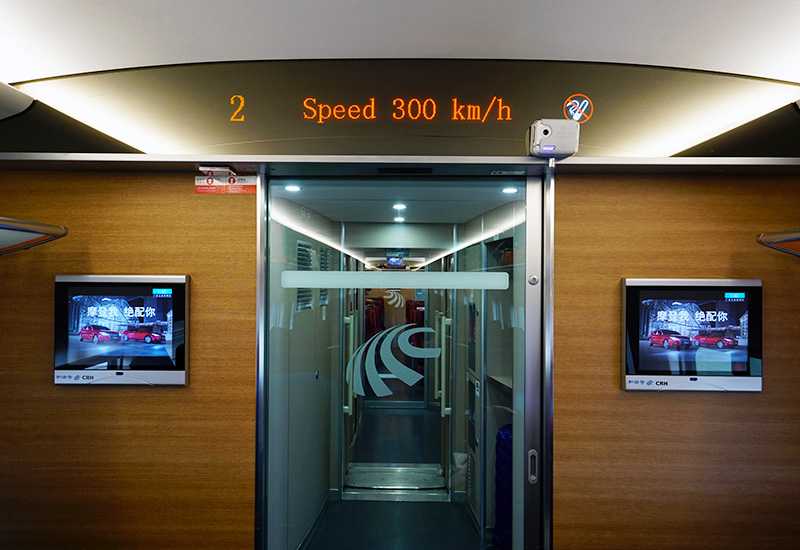
What is High-Speed Rail ?
A high-speed rail line was originally defined as a new infrastructure designed for high-speed...

Speed records for rail
Speed is an essential factor in the success of any train, and this is why for the past fifty...
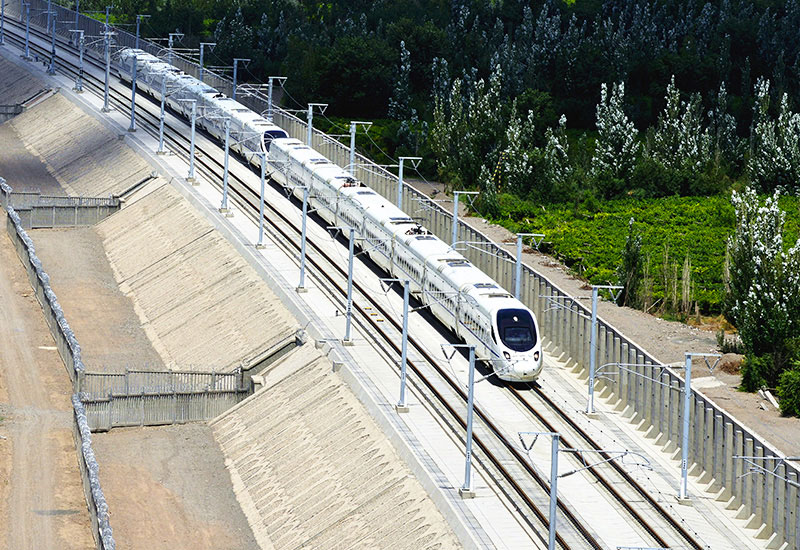
The technical environment of the High-Speed Rail
Though every country has its own model of high-speed models vary from country to country...
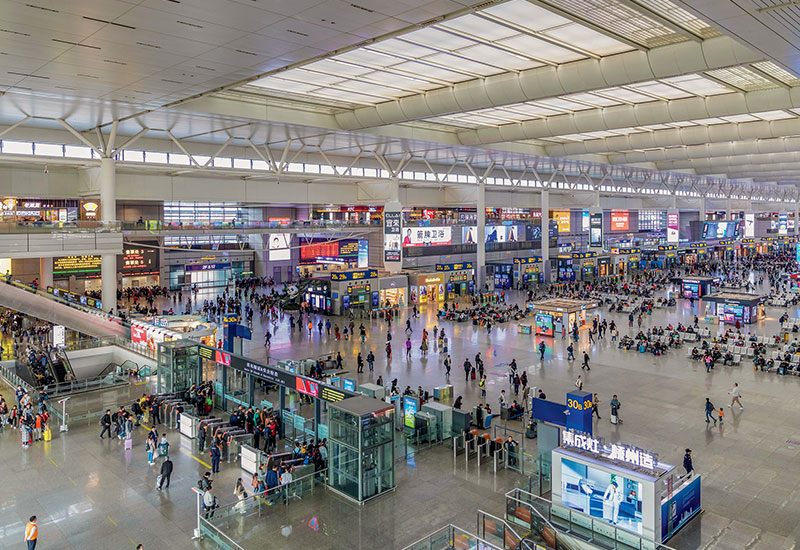
High-Speed Rail & train stations
With the advent of high-speed, the rail station – that essential link in the chain of rail...
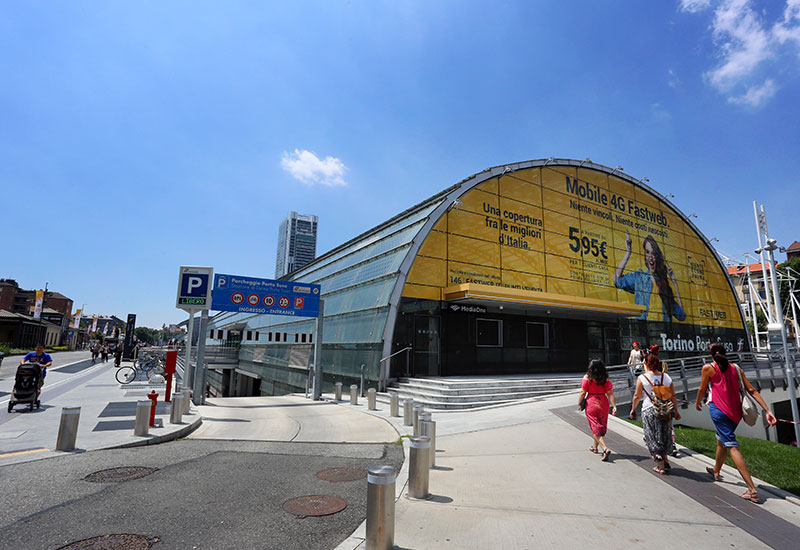
High-Speed Rail & territory development
Transport and land use are often linked, more or less closely according to the country...

High-Speed Rail & sustainable mobility
With increasing awareness of the energy and climate challenges threatening the planet,...
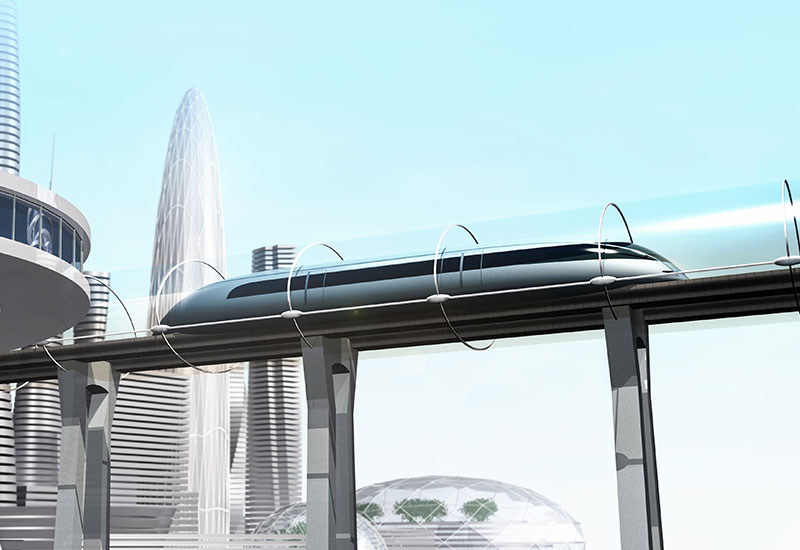
Innovation and technology of the future
Most countries have their own set of rail regulations, as well their own signalisation...
Interactive Map
To understand the evolution of the world's high-speed rail network.
Photos
To access the media library and view images of high-speed rail.

